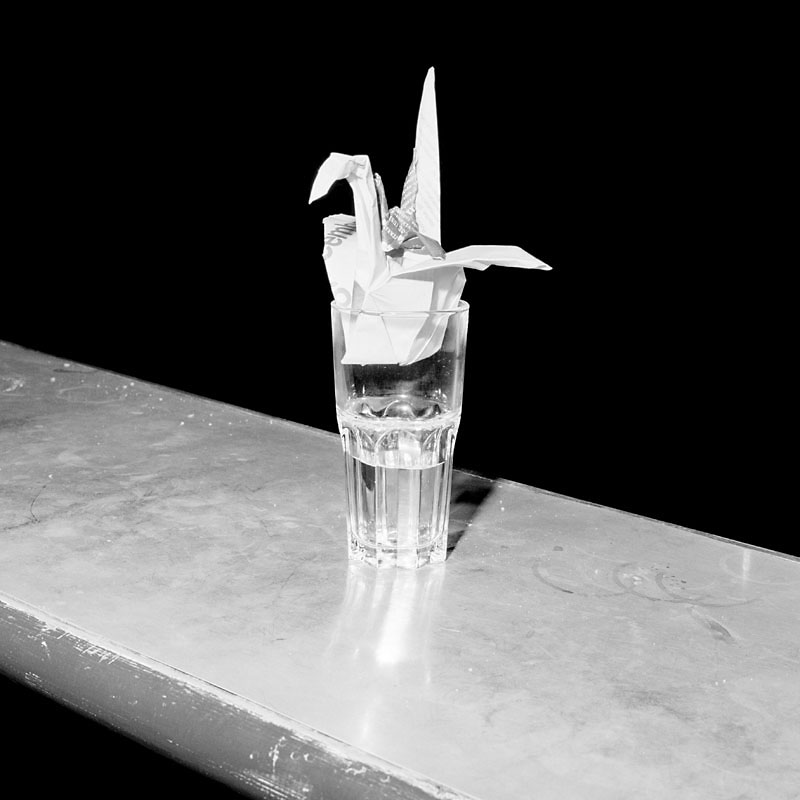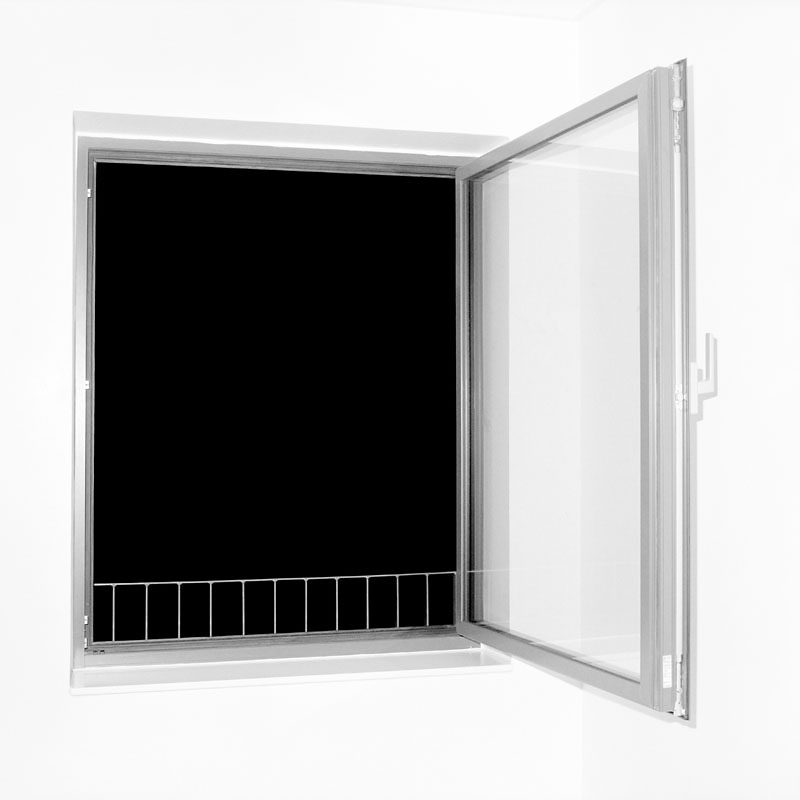
Less is More
Gordon Macdonald
Photoworks #12, 2009
'Of course, there will always be those who look only at technique, who ask 'how', while others of a more curious nature will ask 'why'. Personally, I have always preferred inspiration to information'. Man Ray
Recently, I have been conducting a pseudo-scientific experiment (of the kind so popular in contemporary art and culture) whilst walking to work. My thirty-minute journey takes me along the London Road in Brighton; past the shabbiest array of shops, nail bars and take-away joints you can imagine - this is my 'set'. It is where the local drunks gather in groups, the town's hard-drug users beg for money, errant parents smack their children in public and the dispossessed gather to mill around outside the Somerfield and Aldi supermarkets. Nowadays it is one of the saddest places you could encounter and it is heavy with latent memories of better times during the economic booms of the 1920s, '60s and '80s. The worst part of the road is about half way along in a spot facing McDonald's, with Iceland (the discount freezer food chain) behind you. Boris Mikhailov, who was visiting the town whilst working on a commission for the 2003 Brighton Photo Biennial, described this as a scene 'worse than Karkov'.
The very simple experiment - which is designed to make a dull journey more interesting - involves listening to an iPod set to a high volume at a certain point of the journey (between Poundstretcher and Domino Pizza) and seeing what effect different types of music have on my visual understanding of the world around me. The outcomes are not collated or catalogued, but left to twist and mature in my mind until I am happy with the memory. The results are then delivered anecdotally to family, friends and colleagues. The iPod works as a kind of filter by taking away the extraneous noise and street chatter, and as an aide to heightening the visual experience. The results vary in success, with success being judged against the variable aspect of my mood at the time. The best results are achieved when in the grip of some kind of heightened emotional state – melancholia or euphoria, usually produced by a mix of weather conditions, the quality of sleep achieved the night before and the morning news. In this state and listening to my iPod, the drunks can seem like misunderstood lovers singing the blues when set against the music of Tom Waits; smack or crack-heads take on the form of visionaries looking for a higher understanding to the soundtrack of The Red Hot Chili Peppers; track-suited youths in baseball caps, smoking cheap cigarettes become misunderstood poets to the insistent beat and complex lyrics of The Streets; and the whole cast of the dispossessed appear as though extras on an ironically scripted video set, weaving about the pavement to the strains of Morrissey warbling 'Heaven knows I'm miserable now'.
The experiment has proven little about the social conditions that have lead the London Road to become such an odd place. It has also done little to help me to understand the way that I feel about the people and the things that I see there on a day-to-day basis, but it has told me a lot about an innate ability to manipulate a visual experience to suit my agenda.

All artistic practice struggles with the limitations of its chosen form to accurately represent a lived experience or perceived reality. The problem might stem from a missing third dimension; a material difference when trying to sculpt flesh out of stone, or an attempt to inanimately render movement. Otto Neurath, the leading figure in the Isotype movement, saw these kinds of limitations as a benefit to a visual language. For him, the diagrammatic Isotype offered a clearer and more universally legible means of delivering information than any other form of communication. As he once said: ' …the picture language is an education in clear thought, by reason of its limits.' For me, Mårten Lange's images are as direct as Neurath's thinking and as vivid as Gerd Antz's Isotype designs, delivering a similar distillation of the things that they represent. Yet, they are also at odds with Neurath, as they suggest questions rather than answers. Instead of illustrating research into a set of social conditions, Lange's work throws the fabric of the everyday into question.
Lange's photographs also seem to reference photographic modes from the document and the archival oddity. They are reminiscent of the book, Evidence, by Larry Sultan and Mike Mandel, where the dislocation and seeming randomness of the objects and scenes photographed imbue the work with an atmosphere of intrigue. The harsh flash and ultra-high contrast also lend Lange's images a forensic feel, as if they had been made to prove or disprove some criminal allegation. They are, I am sure, made for no such reasons, but it is hard to disengage yourself from the history or practical uses of photography when faced by such enigmatic work. It would also be easy to view Lange's images conversely, as sitting outside reality because of the technique that he employs, as untrue representations of the 'real' object or as caricatures – but one of the most widely held misconceptions of photography is rooted in its perceived ability to accurately or honestly document an event witnessed at first-hand by the photographer. Through this work, Lange does more than try to represent the visual experience of seeing; he looks to condense the essence of his subject through his lens and onto film.
The process of paring something down to the minimum amount of detail necessary to describe it – or what Lange describes as 'finding the thingness of a thing' – has a history longer than history itself: from prehistoric cave paintings - where animals were drawn with a few lines of coloured mud - to the hieroglyphs of ancient Egypt and into a modern history of Photography with Man Ray's Rayograms or Anna Atkins' cyanotypes of botanical specimens. This process of reduction is apparent in artistic representations and in everyday life: in the paintings of Julian Opie or Gary Hume; in the work of Andy Warhol; in the adolescent scrawlings of caricature cocks on public toilet walls; or, across Piet Mondrian's abstraction of form to comic strips and cartoons. In each case, though for wildly different reasons, an instant access through an iconographical language is a driving force – the essence of the subject is central, the 'thingness' of any thing.